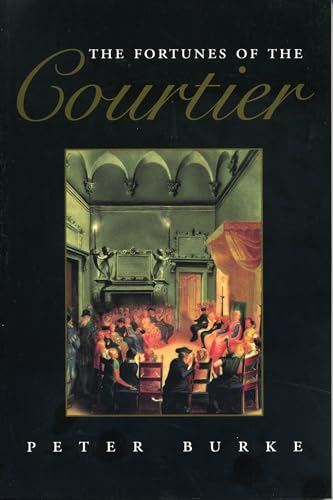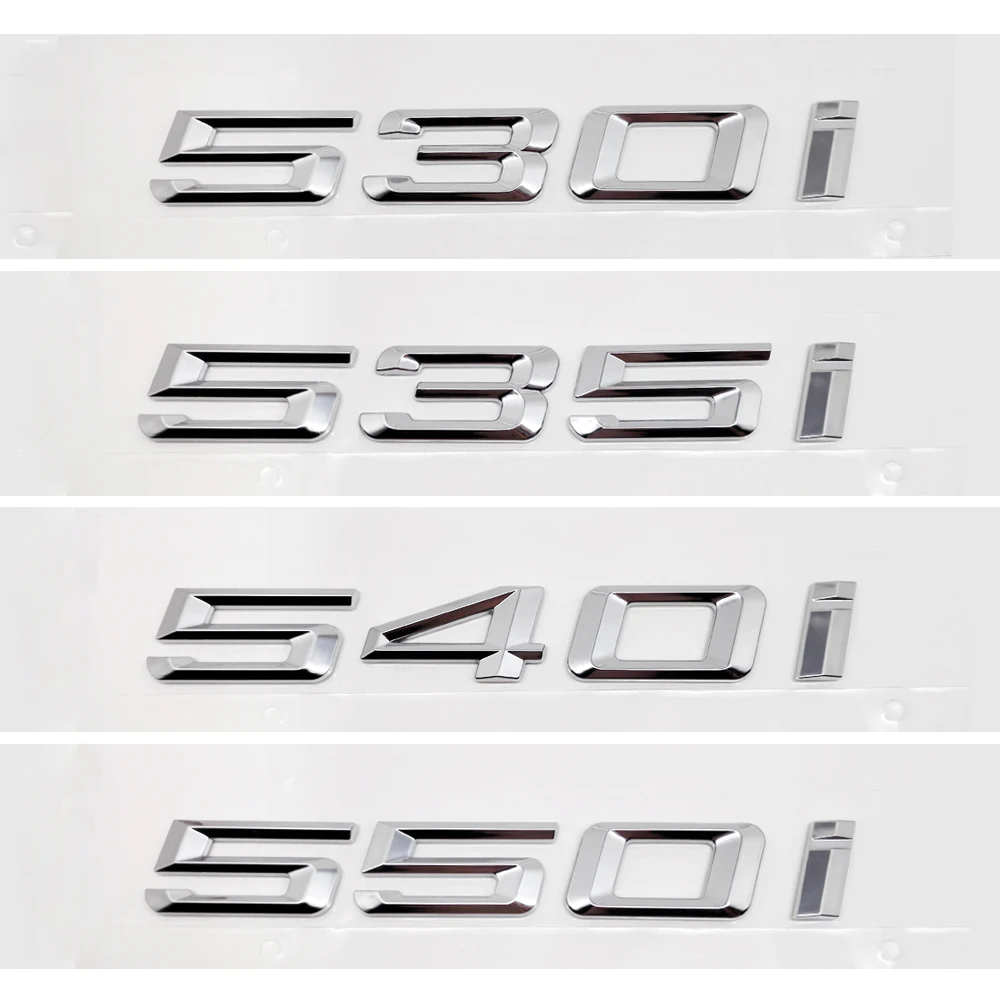The Fortunes of the Courtier: The European Reception of Castiglione's Cortegiano (Penn State Series in the History of the Book)


sku: COM9780271015170USED
ACCORDING TO OUR RECORDS THIS PRODUCT IS NOT AVAILABLE NOW
$13.34
Shipping from: Canada
Description
Castiglione's Cortegiano, or the Courtier, is one of the best-known texts of the Italian Renaissance. When it first appeared in 1528, the Courtier was widely read as a guide to contemporary conduct. Its popularity led to its publication in six languages in twenty different European centers in the sixteenth century alone. While the text itself has been studied very carefully in recent years as the embodiment of the spirit of the High Renaissance, its multitude of readers, spread over the world, has received much less attention. In this engaging study Peter Burke explores how readers over the years have responded to the Courtier. Because it was read so widely in Europe, the Courtier affords Burke an ideal test case for the diffusion and reception of ideas. From Poland and Hungary to England, Portugal, and even the New World, he takes us on a fascinating tour of the courts, libraries, and reading rooms of Europe in search of Castiglione's idea of the perfect courtier. He shows how changing responses to the Courtier, both positive and negative, reveal changing social values and how regional variations in its reception reflect the emerging cultural map of early modern Europe. His evidence includes printing history, translations, marginalia, and records of sale and possession. He concludes with a discussion of the later fortune of the Courtier, including its role in the "civilizing process" and its curious appeal to writers as different as Samuel Johnson and W. B. Yeats.Informed by Burke's considerable knowledge of printing and publishing history, this book contributes to our growing understanding of the history of the book and to our knowledge of the Renaissance and its reception.
Price history chart & currency exchange rate
Customers also viewed

$17.47
Sun catcher light and shadow crystal glass pendant rainbow manufacturing healing pendant study children's room courtyard decorat
aliexpress.ru
$3.06
1 Set 9 Pin HD16-9-1939P HD16-9-1939S Deutsch Waterproof Auto Socket Diagnosctic Tool Circular Plug AC Assembly For Track J1939
aliexpress.com
$14.13
Summer New Solid Color Square Collar Single-breasted Blouses Casual Simplicity Fashion Loose Half Sleeve Commuter Women's Shirts
aliexpress.com
$4.69
Wall Calendar Tearable Lunar Wall Calendar Home Office Lunar Calendar Hand Tearing Old Calendar Choosing Auspicious Days
aliexpress.ru
$18.36
Колесо для багажа, аксессуары, колесо, инструмент для самолета, колесо для самолета, Сменное износостойкое колесо для самолета, 20/28 дюймов, замена
aliexpress.ru
$2.78
DD0603SB_3V7 2in 1 Auto Boost-Buck 0.9-6V/1.5V/3V/3.3V/4.2V/5V/6V to 3.7V DC DC Step-UP & Down Converter Voltage regulator modul
aliexpress.com
$25.07
Homme Chemise Chemise Lin Bloc de couleur Tribal Imprimés Photos Rétro Vintage Col rabattu bleu marine Bleu Roi Bleu Bleu de minuit Extérieur Plein Air Manches courtes Imprimer Vêtement Tenue Lin
miniinthebox.com
$23.57
Пульт дистанционного управления Remtekey #10, фобик, 6 кнопок, с паникой, M3N5WY783X 434 МГц, для Dodge Country, автомобильный пульт дистанционного управления ...
aliexpress.ru
$6.80
Женский красивый бюстгальтер для йоги, бюстгальтер с нагрудным жилетом на бретельках, подвесной спортивный бюстгальтер с накладками на гру...
aliexpress.ru
$17.21
Сексуальное эротическое женское белье нижнее белье для женщин открытый прозрачный без бретелек женский полицейский костюм искушение
aliexpress.ru
$30.45
Мужской комбинезон с накидкой для мальчиков, костюм для косплея на Рождество и Хэллоуин
aliexpress.ru
$3.34
Necklace Cover For iPhone 13 12 Mini 14 Pro Max Case Clear TPU Silicone Casing With Long Necklace Lanyard Strap Rope Cord
aliexpress.ru
$99.87
Для Raspberry Pi ZERO WH WIFI Bluetooth плата с 40-контактным предварительно припаянным GPIO Headers в демонстрационном расширенном 1 ГГц процессоре
aliexpress.ru
$27.51
Bluetooth UHF беспроводной усилитель голоса портативный для преподавания лекций турне гида рекламный U-диск мегафон микрофон динамик
aliexpress.ru
$133.01
Автомобильный радиоприемник, мультимедийный плеер для Ford Transit Custom 2013-2018, 2DIN, Android 10, автомобильная стереосистема, мультимедийная навигация, ...
aliexpress.ru
$81.63
2 шт. топливный инжектор 13537585261-09 для-BMW N54 N63 135 335 535 550 650I X5 X6 Топливная форсунка для автомобиля 750
aliexpress.ru
$12.78
Пластиковая круглая палуба для Каяка, крышка крышки люка, пластиковая крышка для лодки, крышка для лодки, яхты, морской
aliexpress.ru
$61.45
2019 кремовые мужские повседневные деловые Свадебные смокинговые костюмы, мужские Модные Индивидуальные костюмы, костюмы для вечеринки, сва...
aliexpress.ru
$11.31
Подставки для арбуза, Набор для вышивки, набор для рукоделия ручной работы, вязание крючком, товары для рукоделия
aliexpress.ru
$1.35
Бусины JUYA для ожерелья, 7x7 мм, 50 шт./лот, винтажные шармы для браслета, DA0009
aliexpress.ru
$1.70
Random Color Stikbot Screen Animation Toys Shed Dolls with Sucker DIY Creat Animation Film StikBot Toys Home Decoration
aliexpress.ru
$10.49
Украшение автомобиля для BMW 530I 535I 540I 550I 630I 640I 645I 650I G30 G38 GT M2 M3 X1 Авто наклейки металлический значок-эмблема аксессуары
aliexpress.ru
$11.04
Tuya Smart Сенсор Zigbee сирена Беспроводная связь Smart Sound и светильник сигнализация сирена Рог дистанционного Управление Смарт домашняя одежда
aliexpress.ru





-1-ff06e4bd72a96c41685cf9e9d1cf7130.jpg)





